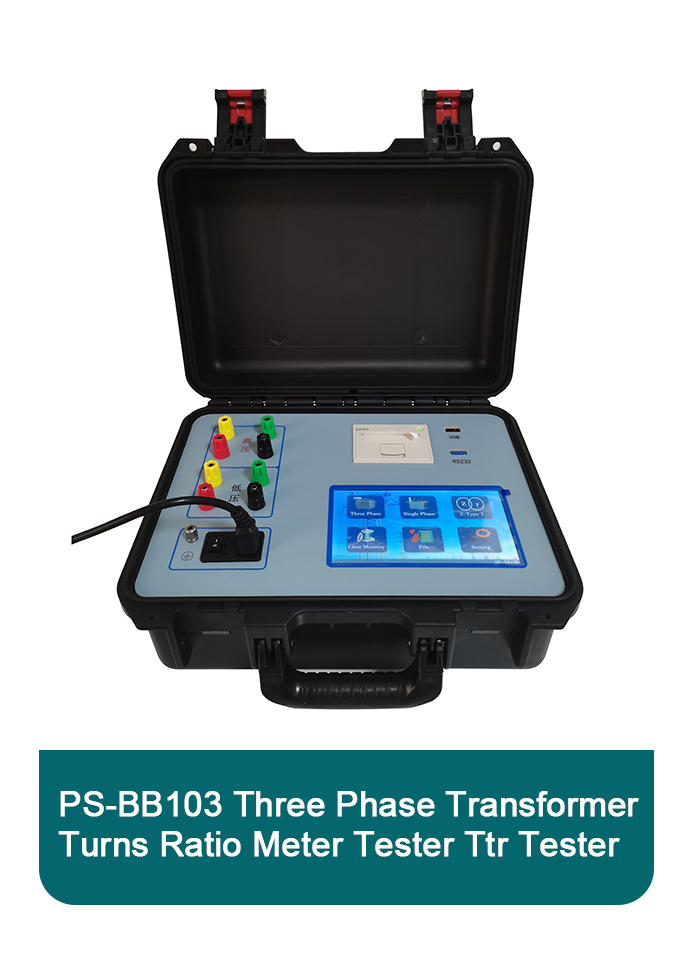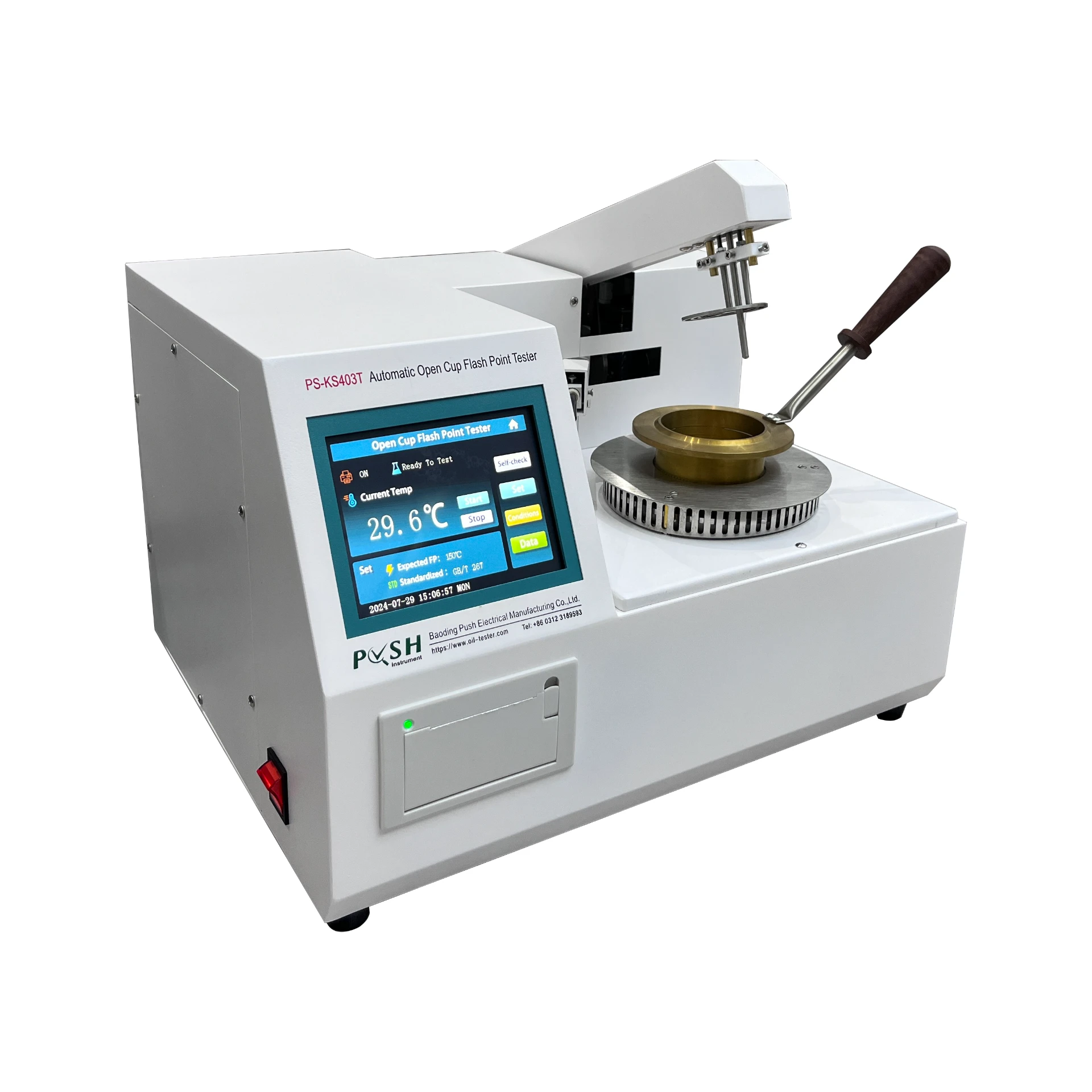 English
English


Three-Cup Insulating Oil Dielectric Strength Tester
Choosing the right oil test equipment can be a daunting task, especially with the plethora of options available in today's market. However, the importance of selecting the appropriate tools for oil analysis cannot be overstated, given the critical role they play in ensuring machine reliability and operational efficiency. This guide delves into the essential aspects of oil test equipment, offering insights into their functionality, utility, and the factors to consider when making a purchase.

Oil test equipment is fundamental in maintaining equipment health, particularly in industries heavily reliant on machinery, such as automotive, manufacturing, and aerospace. The primary function of these tools is to analyze the condition of the oil, providing insights into wear and tear, contaminants, and overall oil degradation. This information is invaluable for preemptive maintenance, helping to prevent costly downtime and extend machinery lifespans.
One of the most commonly used types of oil test equipment is the particle counter. Particle counters are pivotal in detecting and quantifying the contaminants present in oil. These devices offer precise assessments of particle sizes and concentrations, which is crucial for understanding the contamination level and its potential impact on equipment performance. Regular monitoring through particle counters enables companies to implement timely corrective measures, ensuring that machinery operates smoothly.

Another indispensable tool in oil analysis is the viscometer. The viscosity of oil is a key determinant of its lubricating properties. A viscometer helps in measuring the thickness of the oil, which is essential for assessing its performance under different temperature and pressure conditions. Knowing the viscosity allows for adjustments in machinery operations and can inform decisions on oil replacement schedules, ultimately safeguarding equipment from excessive wear.
Spectrometers also play a vital role in oil testing by identifying the elemental composition of the oil. Through spectroscopic analysis, it is possible to detect trace metals and other elements which can signal wear in specific components of machinery. Early detection of such elements can prevent severe damage by indicating potential points of failure before they develop into major issues.
oil test equipment
Furthermore, titration kits are frequently used for testing oil acidity and base number, which are critical in evaluating the oil's capacity to neutralize acids and prevent corrosion. Over time, oils tend to accumulate acids due to oxidation and other chemical reactions, which can compromise their efficiency. Understanding the oil's acid and base levels through titration helps in maintaining its optimal condition and ensuring long-lasting machinery protection.
When choosing oil test equipment, it is vital to consider the specific requirements of the machinery and the nature of the operations. Factors such as the type of oil used, operating environment, budget, and analysis frequency should guide the selection process. Opt for equipment that offers accurate, reliable results and has a robust support network to enhance effectiveness and mitigate technology-related challenges.
Investing in quality oil test equipment is not just about enhancing machinery performance, but also about ensuring the safety and profitability of operations. By leveraging these tools effectively, businesses can gain a competitive edge through reduced maintenance costs and improved machinery uptime.
It is essential to source oil test equipment from reputable manufacturers known for their expertise and innovation. Trustworthy brands not only assure quality but also provide after-sales support, which is critical in training personnel and maintaining equipment performance. Through strategic alliances with manufacturers and peers, companies can remain updated on the latest advancements and best practices in oil testing, thereby enhancing their maintenance strategies and operational outcomes.
-
Differences between open cup flash point tester and closed cup flash point testerNewsOct.31,2024
-
The Reliable Load Tap ChangerNewsOct.23,2024
-
The Essential Guide to Hipot TestersNewsOct.23,2024
-
The Digital Insulation TesterNewsOct.23,2024
-
The Best Earth Loop Impedance Tester for SaleNewsOct.23,2024
-
Tan Delta Tester--The Essential Tool for Electrical Insulation TestingNewsOct.23,2024





